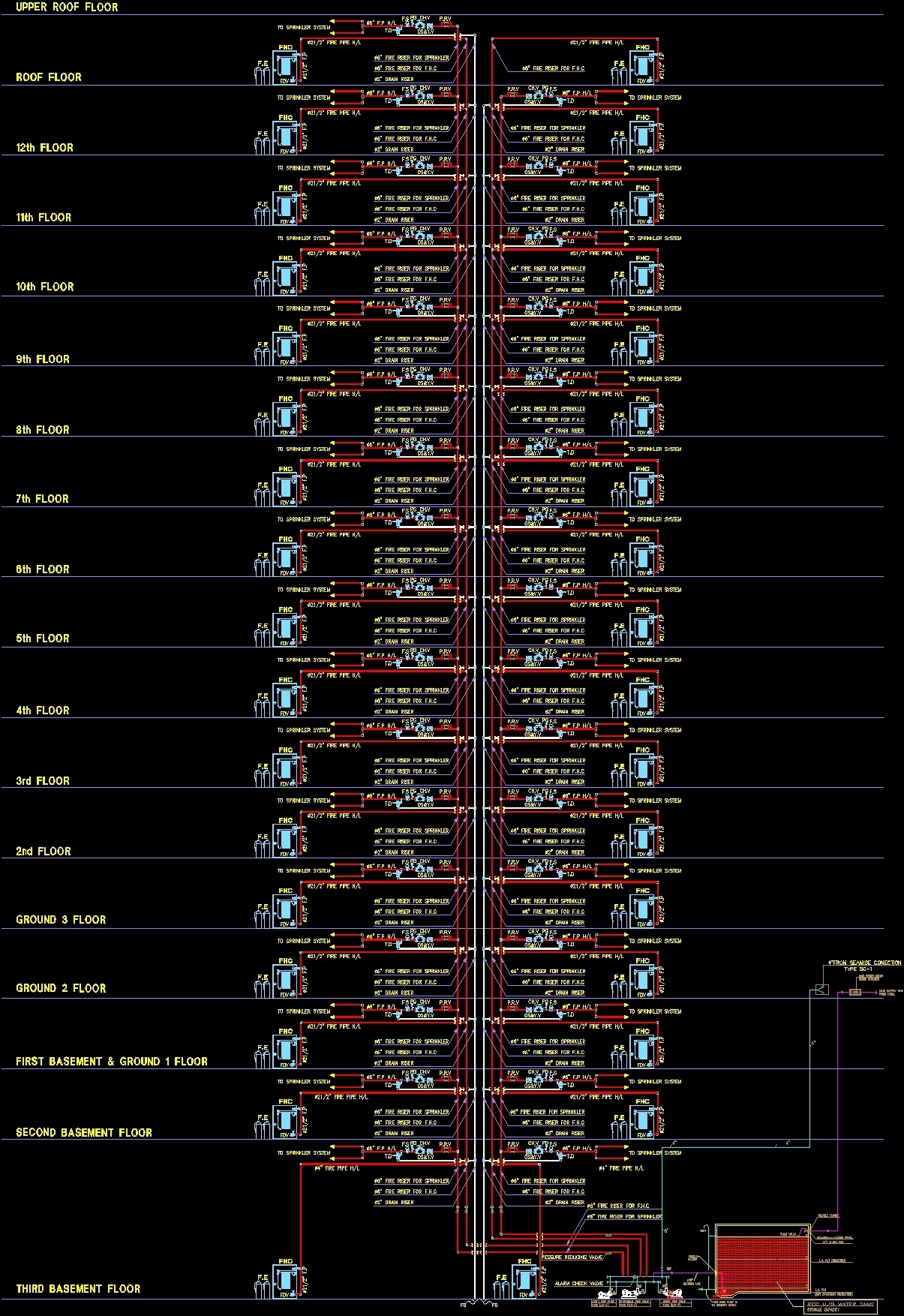

- #Are all file details maintained by the file system how to#
- #Are all file details maintained by the file system driver#
- #Are all file details maintained by the file system windows#
This file is stored in the MFT entry number 2. The $LogFile is located under the of the partition at the image of the physical disk. $LogFile artifacts are located at root directory of NTFS file system related partition. Therefore, $LogFile helps investigators to examine the file system events of a specific period of time. Luckily $LogFile allows an examiner to determine prior states of files. However deleted files may not have metadata in $MFT. This part of the disk volume contains metadata about all files and directorties,
#Are all file details maintained by the file system windows#
Hence, the log file maintains the reliability and recoverability of the file system in the case of critical events.ĭigital Forensics Value of Windows LogFileįrom the digital forensics perspective, there is a lot of information that can be collected from $LogFile.Īnalyzing $MFT is a general convention. In the event of chrash or power failure, the operating system can roll back the changes or continue where it left. Windows NTFS stores these transactions in a transaction log called “$LogFile”. NTFS is a journaling file system that allows the operating system to maintain a transaction record of all changes made to volume such as file creation, deletion, renaming, writing and moving. NTFS has been the default file system of Windows since the introduction of Windows NT 3.1. INI: The INI file is a configuration file that contains instructions for Windows programs to execute.The New Technology File System (NTFS) is Windows specific file system.They're usually deleted by the program once you close it. These files are not really important and serve to improve an app's performance.

TMP: Windows programs use files with the TMP (Temporary File) extension to store temporary data during execution.By analyzing a DMP file, you can figure out what went wrong with a misbehaving program. DMP: A DMP file is known as a Windows Memory Dump file, and the OS creates them when an app experiences an error or a crash.These system file types are usually associated with desktop shortcuts. This means that when you double-click it, you will gain quick access to a particular item on the computer, such as an app, file, or folder. LNK: A file with the LNK extension indicates that it's a Windows shortcut.So when you see the icon of a shortcut on your desktop, for instance, just know that its image is stored in an ICO file. Windows uses this file to graphically represent the executable of a program. ICO: An ICO (Icon File) is a file that’s made up of one or more images.
#Are all file details maintained by the file system how to#
MSI: An MSI (Microsoft System Installer) file is a file that contains a set of instructions that tell Windows Installer – the built-in program that handles the installation and uninstallation of programs – how to install a program.

They’re Microsoft’s very own archived file type, and the data inside them is compressed using lossless compression.
#Are all file details maintained by the file system driver#


 0 kommentar(er)
0 kommentar(er)
